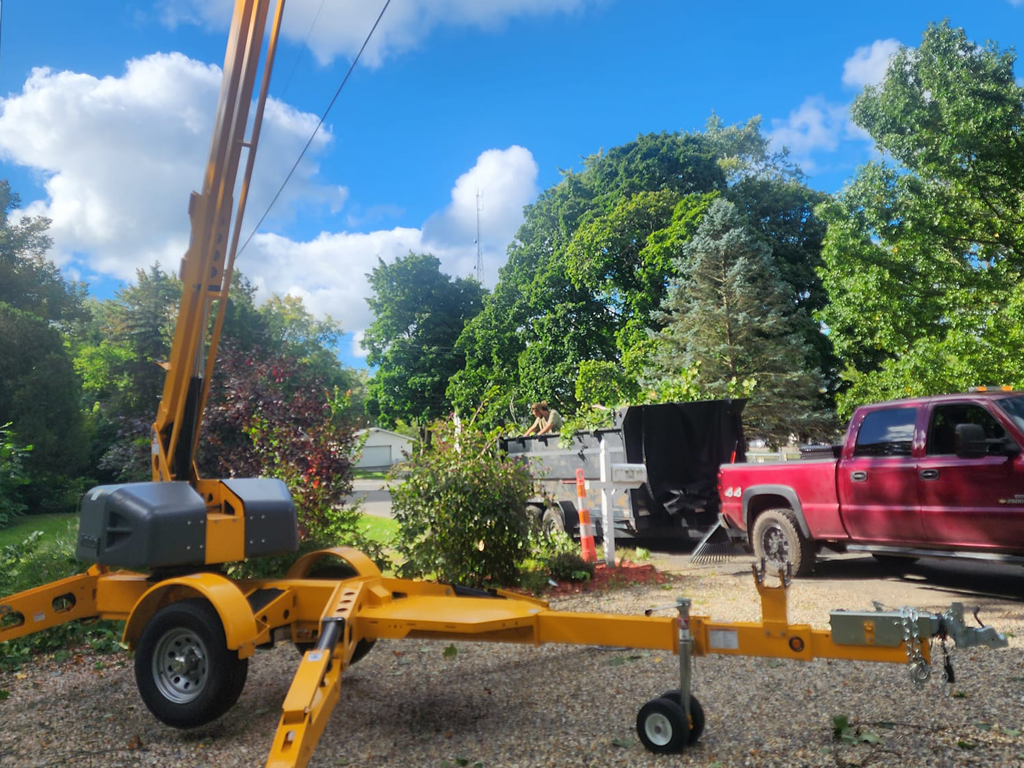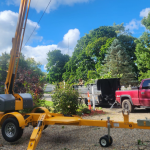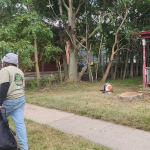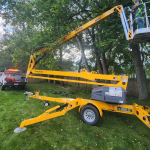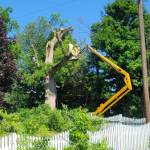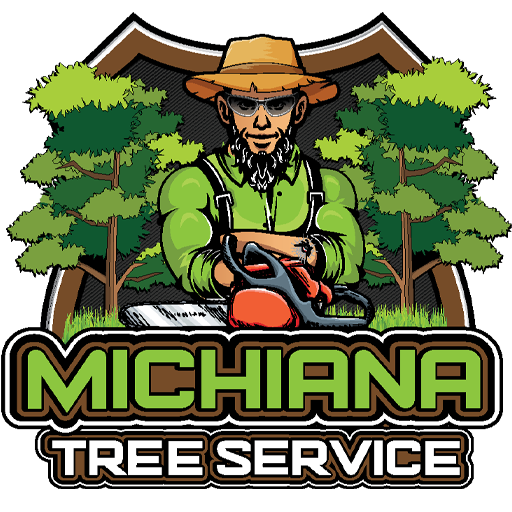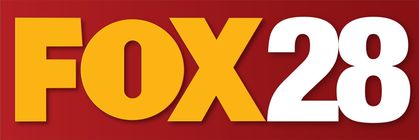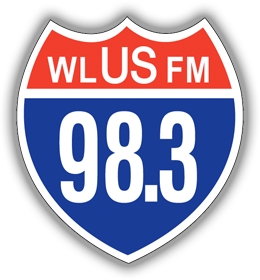Safety Measures and Risks Involved in Tree Trimming
When it comes to tree trimming, safety should be the top priority. Professional arborists have extensive knowledge of the necessary safety measures and risks related to pruning trees. Considering these elements before attempting to prune a tree yourself is important.
First and foremost, personal safety is essential while performing any type of tree care job, including pruning. Using sharpening tools such as hand saws or pole saws can be dangerous. All power tools should be handled cautiously, and proper protective gear should always be worn, such as gloves, hard hats, and steel-toe boots. While climbing a tree for pruning may appear easier than using a ladder, hazardous situations can occur if you are not experienced in climbing trees safely. Even when using a ladder, ground conditions must be checked to confirm that it is stable and free from obstacles that could cause instability once weight is applied to it.
In addition to personal safety issues, there are risks involved in the pruning process itself. Knowing what kind of tree you are dealing with is essential in order to understand the implications of your pruning decisions. Pruning trees incorrectly or too severely can result in decay inside the trunk, which leads to branches dying out or falling off over time. Excessive pruning can stress out the tree and reduce its lifespan. Understanding where the "mechanical wood" is located on each specific species will also help limit mechanical damage while trimming branches from the tree’s crown or limbs (such as making sure trimmers do not clamp down so hard that they cause damage to the bark). Pruning at the wrong season for certain species can also leave them vulnerable to insect infestations or disease. If a storm or heavy winds hit soon after pruning it may result in broken branches since the tree's roots would not have had enough time to support its new structure yet.
It is highly recommended that homeowners consult a certified arborist prior to conducting any form of significant cutting or pruning work on trees around their home or property in order to avoid any potential safety issues or damage to existing trees. Experienced arborists can provide guidance on which type of cuts should be made while limiting potential hazards and damage due to incorrect pruning practices.
Common Questions
What type of equipment is typically used for tree trimming?
Tree trimming services typically require the use of several specialized pieces of equipment. These include a saw, such as a handsaw or a chainsaw, for larger branches; pruning shears, loppers, and pole pruners for cutting smaller branches; a harness for supporting the climber; and ladders or rigging ropes for safely reaching higher branches. When in doubt, always consult a professional arborist with experience in tree trimming to ensure your trees remain healthy and beautiful.
What are the best techniques for tree pruning and trimming?
Tree pruning and trimming is an important yet delicate task that must be done properly in order to ensure the health and beauty of trees. The best techniques for tree pruning and trimming include:
1. Cleaning: Removing dead or diseased branches helps increase light and air circulation, which helps prevent structural weakening and promotes healthier growth. Make sure you use sharp shears or saws with clean cutting blades to reduce damage to the tree.
2. Shaping: Prune away branches or shoots growing towards the tree's center, allowing light to reach all parts of the tree. You can also remove branches that are too close together or those growing at odd angles out of the trunk.
3. Directing Growth: When young trees are just starting to grow, it’s important to guide them so that they grow in a strong and balanced way. This will help ensure good structure down the line as well as a healthy growth pattern over time.
4. Thinning: If a tree has too many branches, it can become overcrowded and weak. Selectively removing branches allows more light and air into the tree's canopy, creating a stronger structure overall.
When pruning your trees, it is important to consider the plant's age, species, and condition so that you properly assess the amount of pruning necessary without damaging its health or beauty in any way.
Are there any potential risks associated with tree trimming?
Yes, there are potential risks associated with tree trimming. Poor technique can cause serious damage to the tree, including cutting too far into the trunk, damaging bark and wood, or leaving sharp edges that can be a hazard for people and animals. Another concern is using the wrong tools — saws and shears can easily cause serious damage if they aren’t used properly. It's also important to take safety precautions when trimming trees: always use a sturdy ladder and secure it firmly to avoid falls, along with durable protective gear such as gloves, goggles, long sleeves, non-slip shoes, and more. Although some trimming can be done from the ground with a long-reach tool or pole, fine pruning must be done in the tree's upper canopy, so proper safety steps must be taken. Contact a company like Michiana Tree Service in Niles MI, Michigan, today to get a free, no-obligation estimate on any tree care needs.
